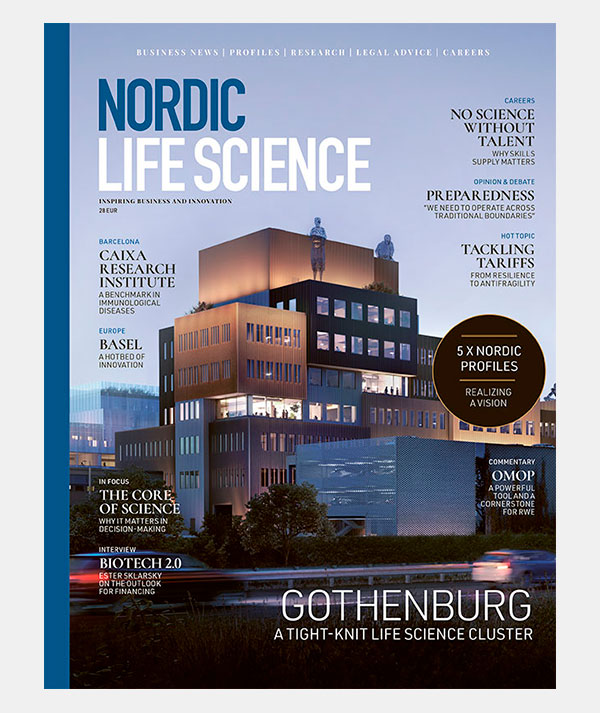Abera reports long-term data for its nasal influenza vaccine

The results show that the vaccine generates strong and long-lasting immune responses both at the mucosal surfaces and systemically.
The study represents an important step in Abera’s ongoing work to develop a fast, effective, and user-friendly nasal spray vaccine that can provide protection right where the virus enters the body, it states. The new results provide additional evidence that Abera’s platform can induce both a strong initial response and durable immunity over time.
“We are very pleased that yet another preclinical study of our influenza vaccine candidate shows such strong and convincing data. We are often asked about the long-term effect of mucosally administered vaccines, and this study clearly demonstrates that our platform can provide a durable and effective immune response. This is further proof that our technology is robust and has the potential to transform the vaccine industry – with nasal spray vaccines that protect where the virus first enters the body, in the mucosa of the nose and lungs, as well as through antibodies in the bloodstream. We continue to build a strong preclinical data package for influenza and have several additional studies on its way,” says Maria Alriksson, CEO of Abera Bioscience.
About the study
In the study, both local and systemic antibody responses were evaluated by measuring IgA levels in the nasal and lung mucosa, and IgG levels in serum. Antibody levels were very high after the third vaccination, on day 42, compared with placebo.
“Follow-up measurements on days 90 and 120 showed that antibody levels remained high – with significant levels of IgA in the nose and lungs, as well as stable IgG levels in the blood. Although mucosal antibody levels declined by day 120, they remained at high levels. Compared with data reported for several mRNA vaccines, where protection tends to be relatively short-lived, these results look promising,” explains Mats Lundgren, CSO at Abera Bioscience.
As the study was conducted in mice – a species with a much shorter lifespan than humans – 120 days in mice can correspond to several years in humans, indicating that the vaccine may provide long-term protection over time.
Outer Membrane Vesicles
Abera’s influenza vaccine candidate is based on the company’s platform technology utilizing nanoparticles known as Outer Membrane Vesicles (OMV). These OMV particles are decorated with a large number of influenza antigens in a “plug-and-play”-like fashion, enabling rapid adaptation of the vaccine to new seasonal influenza strains or emerging pandemic threats.
The technology allows for modular and rapid production, where OMV particles can be manufactured and stored in advance, and new antigens for the circulating influenza strain can be quickly produced and attached to the particle, describes the company.
In contrast to traditional influenza vaccines – which are often produced in eggs, with one egg required per vaccine dose – Abera’s vaccine is produced in liquid cultures under controlled conditions, making the process faster, more scalable, and cost-effective, the company states.
Published: October 22, 2025










